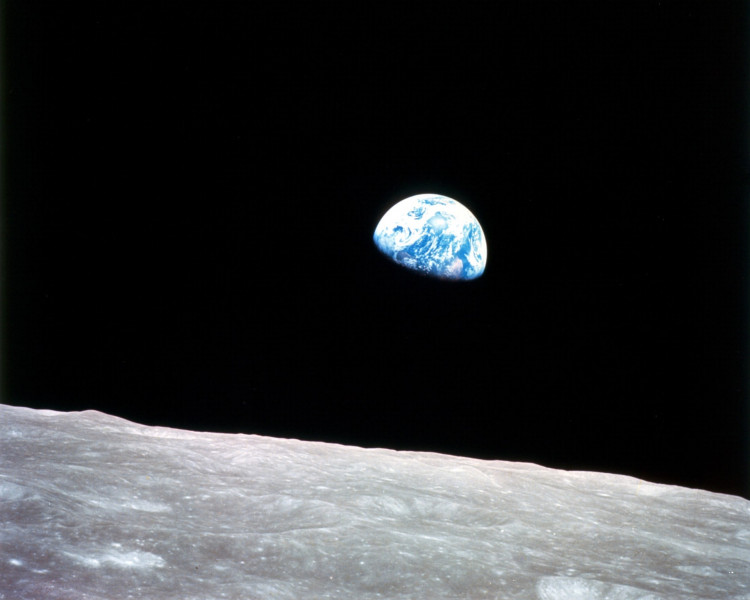China is working on a set of robotic spacecraft that will arrive on the moon and join other countries in their search for water at the lunar south pole.
The Chang'e 7 lunar mission, which is scheduled to launch in 2024, will scan the moon from orbit while also landing and exploring the lunar south pole.
"A major goal is to find water at the south pole of the moon," Wu Weiren, chief designer of China's lunar exploration program, told China's CCTV .
"There are deep lunar craters at the south pole, which cover about 10 kilometers [6 miles]. If there was water, it could exist in the form of water ice due to the lack of sunlight throughout the year."
The presence of water ice at the lunar south pole was confirmed in 2018, and the possibility of using that water to supply astronauts and power rockets is a crucial component in NASA's plan to establish the Artemis Base Camp at the lunar south pole.
According to China Daily, Wu said engineers are working on an unique spacecraft that might separate from a lander and fly or hop to examine neighboring craters for indications of water ice.
The China National Space Administration's (CNSA) Lunar Exploration and Space Engineering Center issued a competitive call for payload development for Chang'e 7 in 2020, revealing that the mission will consist of five spacecraft: an orbiter, a relay satellite, a lander, a rover, and a "mini flying craft" that will carry the instrument to detect water.
Setting down on the south pole of the moon, however, will present problems for China's Chang'e 7 mission, such as identifying landing locations and landing with precision. Because there aren't many flatlands near the south pole, Chang'e 7 necessitates "high precision landings," Wu told CCTV.
"After our preliminary analysis, probably only one-tenth of the area can be used as the landing point. Therefore, the landing could be quite difficult."
NASA's Artemis 1 mission, which will be launched by NASA's massive Space Launch System (SLS) rocket, will include a suitcase-sized satellite called Lunar Flashlight among its numerous payloads. While orbiting the moon, the spacecraft will light infrared lasers into permanently shadowed craters near the lunar poles to increase scientists' understanding of the quantity and accessibility of water ice.
Meanwhile, China and Russia intend to establish a robotic research station, the International Lunar Research Station, which will later host astronauts for long-term stays. The two countries have also invited international partners to join the project, with particular interest in attracting those in Europe. However, with Russia's invasion of Ukraine, such cooperation looks doubtful.




